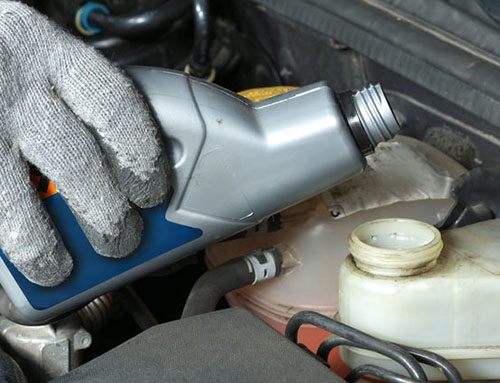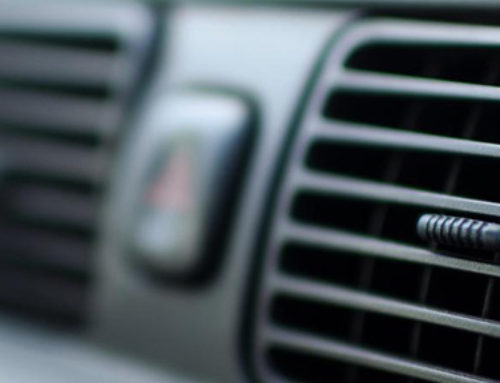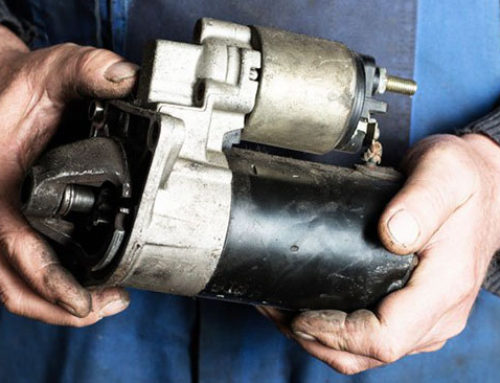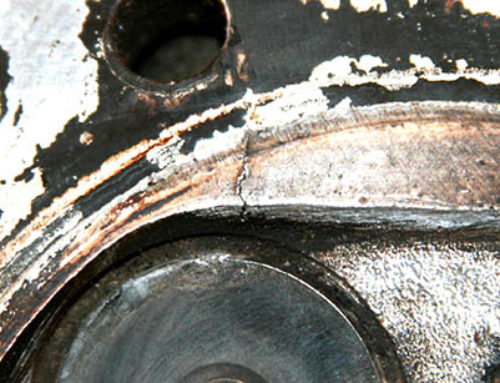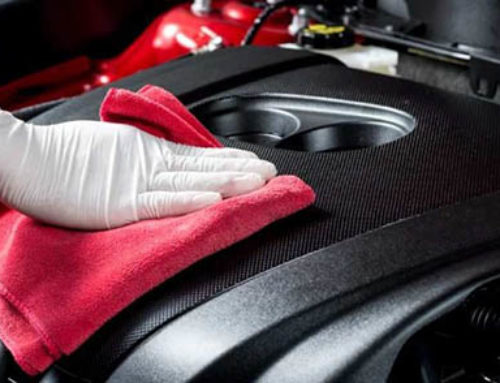Parking brake. Handbrake. Emergency brake or e-brake. In today’s world of mostly automatic cars, not many people think of or use their parking brake. But it’s there for a reason. To take the best care of your vehicle, you should engage the parking brake every time you park your car, even if your vehicle is automatic.
The parking brake is an important vehicle safety component, and it should be used on a regular basis, not just when you park on a hill. It should be considered just as important in an automatic transmission vehicle as in one with a manual transmission.
The parking brake is a completely mechanical system, which bypasses your normal hydraulic braking system to stop your vehicle in an emergency, or keep it in place when parked – it is also known as the emergency brake, or handbrake because in most cars it is operated by hand. Some parking brakes are operated by foot, via a third pedal to the left of the brake pedal, which is engaged by stepping down on it and released via a hand-operated lever.
The parking brake works via steel cables that are attached to the lever or pedal, which tighten when the lever is pulled, compressing the brake shoes or pads to stop the vehicle. Parking brakes are also fitted with a locking mechanism which prevents them from releasing until the lever or pedal is released.
When you shift your automatic into park, a device called the parking pawl engages inside of your transmission. The parking pawl is a metal pin that engages into a notch attached to your transmission’s output shaft. This pin prevents the transmission’s output shaft from turning. However, parking pawls can break or become dislodged under stress. Although this is not a common occurrence, it does happen, and can send your car rolling away down the street. If you engage your parking brake, it will hold your vehicle in place, even if the parking pawl breaks.
There are some things to keep in mind for safe operation of the parking brake. If your car is hit while parked, the parking brake will provide stability, and prevent it from rolling away, even if the parking pawl in an automatic transmission breaks. To put the least strain on your transmission and braking system, it is best to engage the parking brake while your brake pedal is depressed, before shifting into park. If you do not use your parking brake regularly, the steel cables that operate it can corrode and get stuck, which will render your parking brake useless. The cable may even snap when you try to engage it, leading to a troublesome and preventable repair. Finally, it is important to remember to disengage your parking brake before driving, or else you risk damaging your vehicle’s entire braking system.
These are all very important reasons why you should use your parking brake every time, even if you drive an automatic transmission vehicle. Imagine your vehicle rolling into Pasadena traffic and hitting another car because you failed to use your parking brake and your parking pawl malfunctioned or broke – it would be an insurance nightmare!
If you have any questions about your parking brake, suspect a problem with it, or need a repair or adjustment, call your Certified Auto Repair Specialist today at (626) 793-2220. CARS is Pasadena’s number one vehicle repair and service center!



